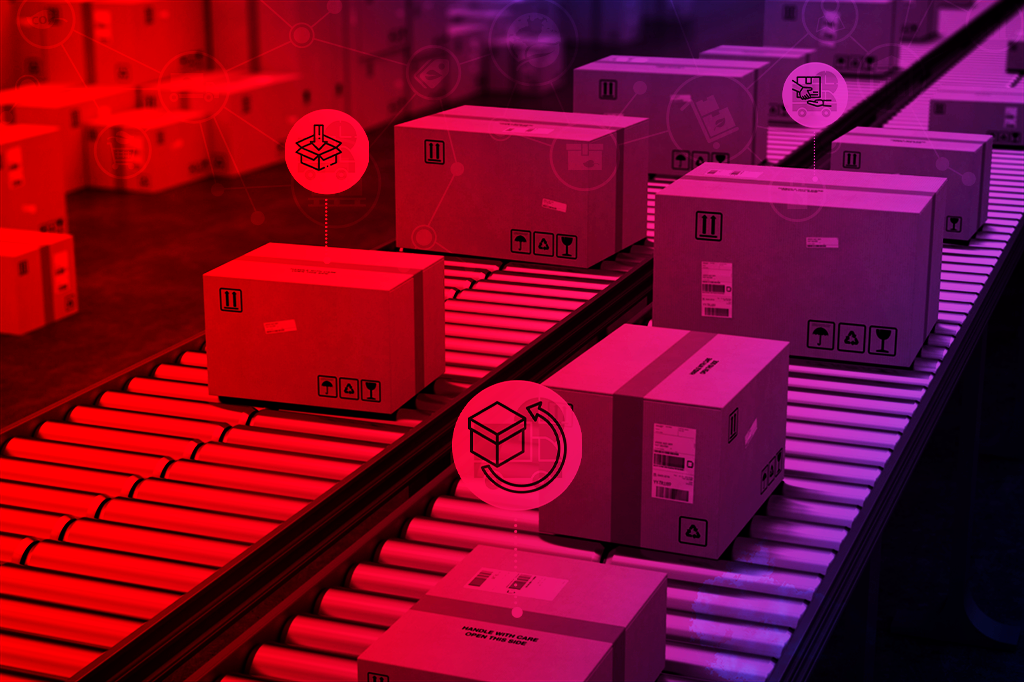
A few years ago, the shopping experience was lived in a totally different way from today, where we can buy products from anywhere, even with just a few clicks. However, companies face great challenges to excel and meet today's demanding customer.
The changing online consumption has led us to develop omnichannel strategies, since the final consumer expects their product as soon as possible, and hardly accepts delays or failures in this area. This trend is growing, according to AMVO, in 2021, Mexico was ranked for the third consecutive year in the top 5 countries with the highest growth in retail ecommerce, coupled with the fact that 6 out of 10 SMEs already sell online.
Let´s analyze why it is so relevant for companies to have a reverse logistics strategy, and what pillars will help them to have robust processes. Do not forget that reverse logistics is not only necessary for returns, it is also essential for more environmentally friendly processes.
Why is reverse logistics so relevant?
for companies in 2023?
Reverse logistics is part of a successful strategy that provides an efficient return to organizations, its advantages are not only focused on bringing back products with returns, but also on generating greater benefits such as: cost reduction, sustainability, easy obtaining raw materials, customer satisfaction, and penetration into new markets.
We will talk about 4 keys that will help you in your reverse logistics processes:
● Provide reverse logistics processes for each product. It is important that with each product integration, you plan your own reverse logistics processes. Thus, the risk of operational crises will be minimal, but above all, you will know how to act and provide solutions.
● Consider reverse logistics in your costs. Return costs represent a hard percentage of the profitability of each product, which translates into constant losses for companies. Thanks to an automated operation, costs can be reduced, in addition to offering your customers a better experience with shorter response times on returns.
It is essential that when doing an analysis to determine the prices with which you will go to market, you also consider a % of the cost in return processes or guarantees, which will allow the impact to be within the margin.
● Parallel continuous improvement. The best way to avoid returns is to prevent consumer displeasure or dissatisfaction. This is achieved when you have constant satisfaction surveys, or you document the causes of returns, so if you carry out a constant and in-depth analysis, your operation and quality teams can focus on avoiding such situations, and thereby lower the % of complaint. Remember that picking technologies allow you to minimize errors, which optimizes your continuous improvement processes.
● Get advice from experts. There are multiple strategies that minimize the impact of reverse logistics, and it is precisely specialized personnel who map all the risks and processes, so we recommend that you go to them. At G.I.Eicom we have a specialized team that will focus on solving this process, with the least logistical and
economic impact.
What technologies are involved to achieve effective reverse logistics?
At G.I.Eicom, we are specialists in the design and implementation of the reverse logistics processes that you require. Some of the technologies that can typically be integrated are:
● Conveyor systems.
● Storage systems.
● Pick to Light y Put to Light.
● Pick to Voice.
● Pick to Belt.
● WMS
Obviously, each company requires different processes, so prior to any integration, we customize the design of "turnkey" solutions that meet your needs and generate a reverse flow from input to storage.
Let´s talk, we can visit your Distribution Center and make a proposal according to your current and long-term needs.


